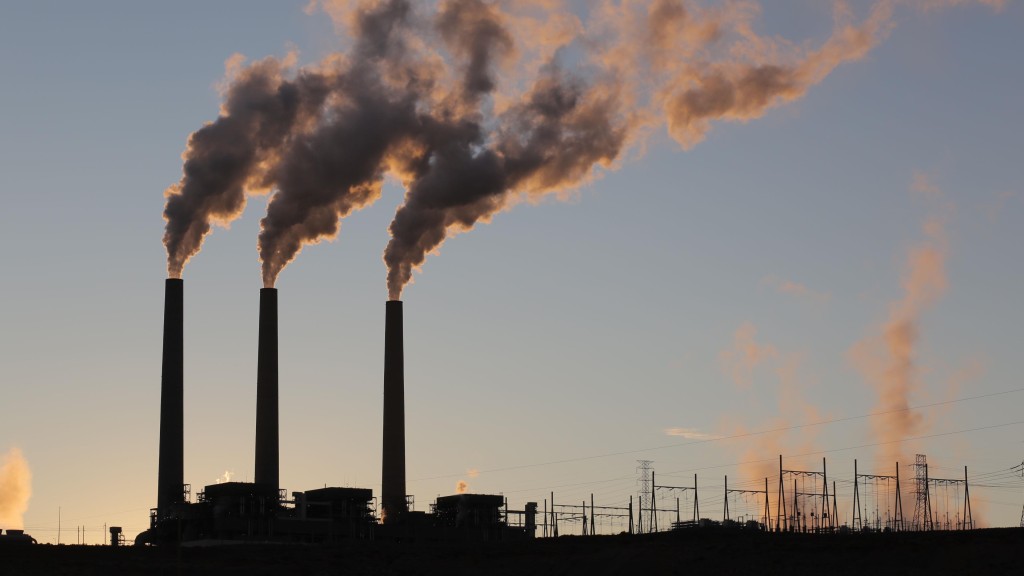Coal’s Decline

What happened? As explained here, a couple of things.
Though the coal from the area has a low sulfur content, it also has a lower energy density than the stuff from Appalachia. It’s also a long distance from the power plants that consume it, and the cost of transportation has made it noncompetitive.
Then there’s wind. “Wind power has caused a lot of these coal plants to be uneconomical and be shut down,” said John Hanou, a coal consultant who produces an annual study on the Powder River Basin. “Then on top of that you have the cheap natural gas from fracking.”
Ironically, the pressure on coal has very little to do with the fact that Americans don’t want the greenhouse gases, nor the highly toxic heavy metals and radioactive isotopes that are causing so much illness and death. Rather, it’s pure market economics.
Though this may seem strange, in the end, the root cause of coal’s decline and ultimate disappearance is of no consequence, as long as it happens for some reason. We shouldn’t look a gift horse in the mouth.

Craig,
Blackjewel’s problems are not indicative of the whole coal industry.
The coal resource doesn’t disappear,simply awaits a more efficient owner and better market conditions.
Wind Power is only viable (except in rare certain locations)when heavily subsidies by direct or indirect subsidies and regulatory incentives by taxpayers and consumers.
But it’s the dishonesty of Wind advocates like yourself which is most depressing.
You never mention the environmental problems associated with Wind turbines.
1) Vast power transmission infrastructure. Each turbine must be connected to the grid. This involved millions of miles of transmission lines , with a great deal of the electricity generated “lost’ in transmission.
Creating transmission infrastructure requires heavy industry and transportation which uses a vast amount of fossil fuel.
But out of sight and out of mind is the dirty pollution generated in Inner Mongolia by the mining of rare-earth metals for the magnets in the turbines.
This generates toxic and radioactive waste on an epic scale, which is why the phrase ‘clean energy’ is a sick joke.
It gets worse. Wind turbines, apart from the fibreglass blades, are made mostly of steel, with concrete bases. They need about 200 times as much material per unit of capacity as a modern combined cycle gas turbine.
Steel is made with coal, not just to provide the heat for smelting ore, but to supply the carbon in the alloy. Cement is also often made using coal. The machinery of ‘clean’ renewables is the output of the fossil fuel economy, and largely the coal economy.
A two-megawatt wind turbine weighs about 250 tonnes, including the tower, nacelle, rotor and blades. Globally, it takes about half a tonne of coal to make a tonne of steel. Add another 25 tonnes of coal for making the cement and you’re talking 150 tonnes of coal per turbine.
To build 350,000 wind turbines a year (or a smaller number of bigger ones), just to keep up with increasing energy demand, that will require 50 million tonnes of coal a year. That’s about half the EU’s hard coal–mining output.
These numbers illustrate the confidence trick that is being perpetrated by the Wind Power industry.
But i haven’t even begun to examine the problems of disposal of obsolete and redundant wind turbines and millions of miles of abandoned transmission lines (often still live).
World wide there are tens of thousands of abandoned or idle Wind turbines, often in a dangerous state of repair. The companies who created the problem are long disappeared leaving behind “toxic heavy metals and radioactive” isotopes as well as other environmental hazards.
Each turbine can cost as much as $250,000 in disposal costs.
The lack of environmental awareness 100 years ago in the coal industry, is understandable, but pretending the wind industry is environmentally without risk, today, is just plain dishonest!